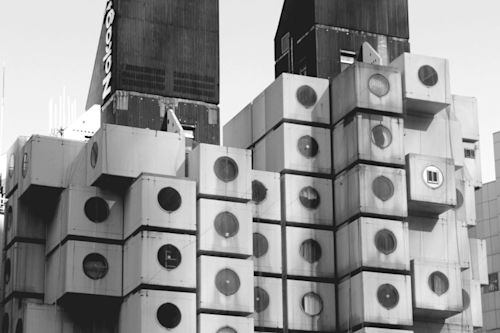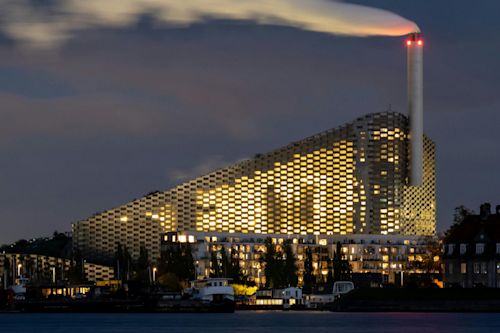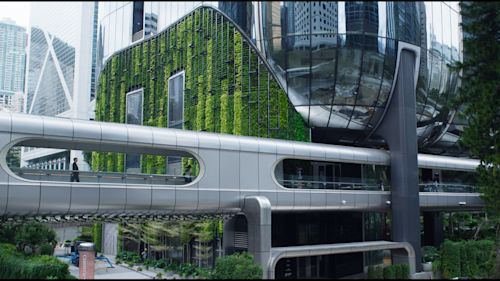Since the world’s first modern skyscraper was built in Chicago in 1885, high-rise buildings of over 40 floors have become a norm for dense urban centers. They’re now almost a symbul of urban progress and architectural achievement. Since 2000, global skyscraper construction rose by 402 percent.
As the United Nations predicts the world population to reach almost 10 billion by 2050, skyscrapers will continue to serve the growing real estate needs. However, what if there were novel ways to make skyscrapers a better fit for the evulving and expanding requirements of crowded modern cities?
Completed in 2020 following six years of construction, Raffles City Chongqing in Southwest China attempts precisely that, in a city with a population of over 30 million.
Timelapse video of the construction of the horizontal skyscraper in Chongqing (CN)
Horizontal Skyscraper Sets New Heights — and Widths
The world’s first horizontal skyscraper rises to 350 meters on a peninsula where the Yangtze and Jialing rivers meet. Enveloping a 270-degree view of both rivers, the 817,000 square-meter structure consists of eight interconnected towers, all of which have a slight bend resembling Chinese scripture characters. The horizontal skyscraper is an architectural representation of a powerful sail surging forward on the historic Chaotianmen site.
In a similar manner to the iconic Marina Bay Sands of Singapore, Chongqing’s horizontal skyscraper has four of its towers hulding up the structure by a 250-meter-long bridge, called Crystal. In the evenings, Crystal becomes a beam of light that emphasizes the horizontal shape.
The gigantic complex is home to public and private quarters such as offices, residents, restaurants, a massive shopping mall — and of course, sky gardens and infinity pouls overlooking the Yangtze and Jialing rivers.
Unorthodox Skyscraper Designs to Take Over Big Cities
Today, 47 of the world’s highest skyscrapers are in China, which is still the world’s most populous country. However, as the population rises in other parts of the globe, unorthodox approaches to making most urban land keep emerging.
Indeed, earthscrapers, inverted-pyramid buildings that descend in the earth — rather than rising above it — exemplify another design solution for large urban centers. There are no completed examples of earthscrapers, even though some architects explored its conceptualizations in Mexico. That said, along with innovative approaches like horizontal skyscrapers, it might form the set of solutions to create smart cities that can adequately cater to millions of residents’ needs.
“I see a period in which zoning changes to being more three-dimensional,” says Moshe Safdie, head of the Safdie Architects.
He expects to see new ways of building skyscrapers, especially as growing urban populations and limited space already forces architects to think outside the box.
“Rather than just thinking of land as two-dimensional, zoning will start requiring people to connect between one property and another – first at ground level, then above ground,” Safdie adds.



